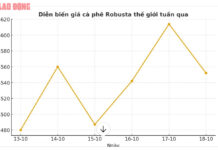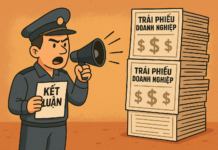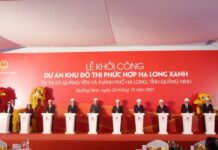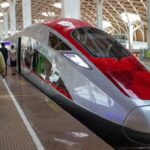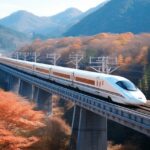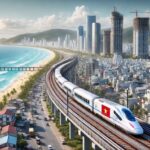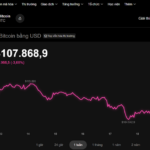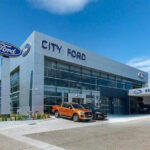High-Speed Rail Helps Vietnam Achieve its Net-Zero Emissions Commitment
The National Assembly’s 8th session of the 15th term is expected to discuss the North-South high-speed rail project in a plenary session on November 20. If there is a high consensus, the National Assembly will vote to approve the policy on the closing day, November 30.
As per the proposal, the project will start in Hanoi (Ngoc Hoi station) and end in Ho Chi Minh City (Thu Thiem station). The total length of the route is approximately 1,541 km.
Investment scale: Construct a new double-track railway with a standard gauge of 1,435 mm, a design speed of 350 km/h, and an axle load of 22.5 tons; build 23 passenger stations and 5 freight stations; the high-speed rail will primarily transport passengers, but it can also be used for freight transportation if necessary, serving national defense and security purposes.
Preliminary land requirement: approximately 10,827 hectares. The investment type is public investment. The total investment amount is estimated at VND 1,713,548 billion (equivalent to USD 67.34 billion).
Notably, according to the Ministry of Transport, investing in the North-South high-speed rail is necessary to develop a sustainable, modern, and environmentally friendly transportation system, reducing traffic accidents and pollution, and addressing climate change.
Citing research from the International Union of Railways, the Ministry of Transport stated that high-speed rail is a sustainable, safe, and environmentally friendly mode of transport that conserves resources. Moreover, as most of the high-speed rail line will be elevated, it will effectively contribute to climate change adaptation and minimize community segregation.
“High-speed trains using electric power are one of the optimal solutions for transport mode transition, aligning with Vietnam’s strategy to develop a low-carbon economy, aiming for net-zero emissions by 2050, as pledged at COP26,” affirmed the Ministry of Transport during a press briefing on the investment policy for the North-South high-speed rail project in early October 2024.
Earlier, at the opening of the Climate Ambition Summit on September 20, 2023, New York time, at the United Nations Headquarters, Prime Minister Pham Minh Chinh affirmed Vietnam’s determination to achieve net-zero emissions by 2050. With the full support and accompaniment of the international community, Vietnam aims to reduce greenhouse gas emissions by 43.5% by 2030 and achieve a renewable energy ratio of over 70% by 2050.
How High-Speed Rail Contributes to the Net-Zero Emissions Commitment
Electric Traction Power
At the “Forum: High-Speed Rail – Opportunities and Challenges,” Hoang Gia Khanh, General Director of Vietnam Railways Corporation, affirmed: “This high-speed rail line will be electrified and environmentally friendly, bringing environmental benefits.”
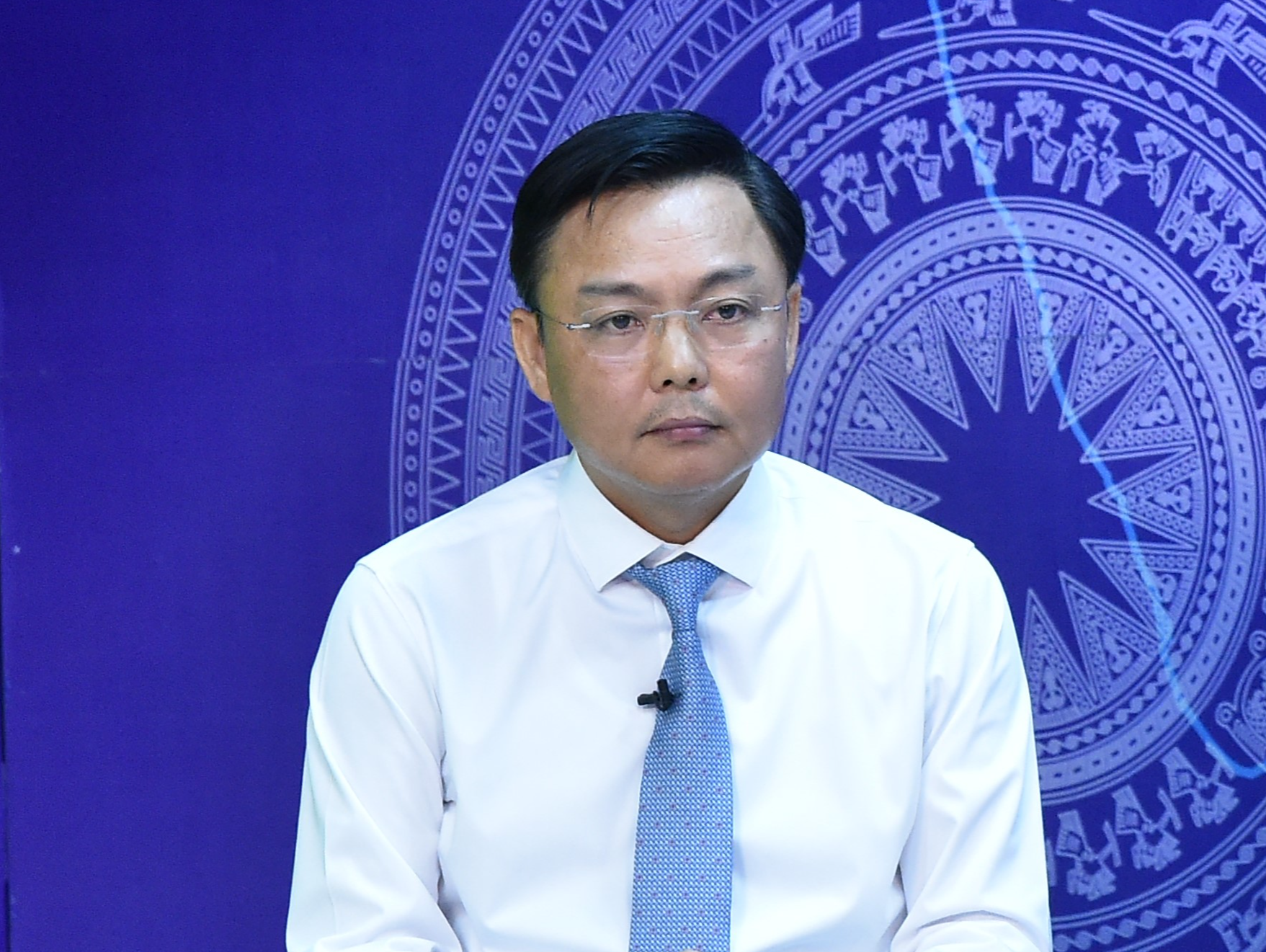
Hoang Gia Khanh, General Director of Vietnam Railways Corporation – Photo: VGP/Duong Tuan
International scientific research indicates that high-speed trains using electric traction power emit 8.5 times less CO2 than airplanes and 3.7 times less than cars.
Currently, high-speed rail systems worldwide primarily use two methods for power supply. The most common is overhead catenary, which consists of high-voltage power lines suspended from poles along the tracks. Trains receive electricity through special “contact shoes” that slide along these wires.
The second method, less common, is the third rail, where a third rail is installed parallel to the two main rails, allowing the train to draw power through a direct contact sliding shoe.
With its ability to significantly reduce carbon emissions compared to diesel or coal-powered trains, electric traction power is becoming the standard for sustainable transportation as more countries commit to reducing greenhouse gas emissions.
Electric railways typically offer higher efficiency, lower maintenance costs, and long-term energy savings. These advantages increase service reliability and reduce operating costs, benefiting both freight and passenger transportation.
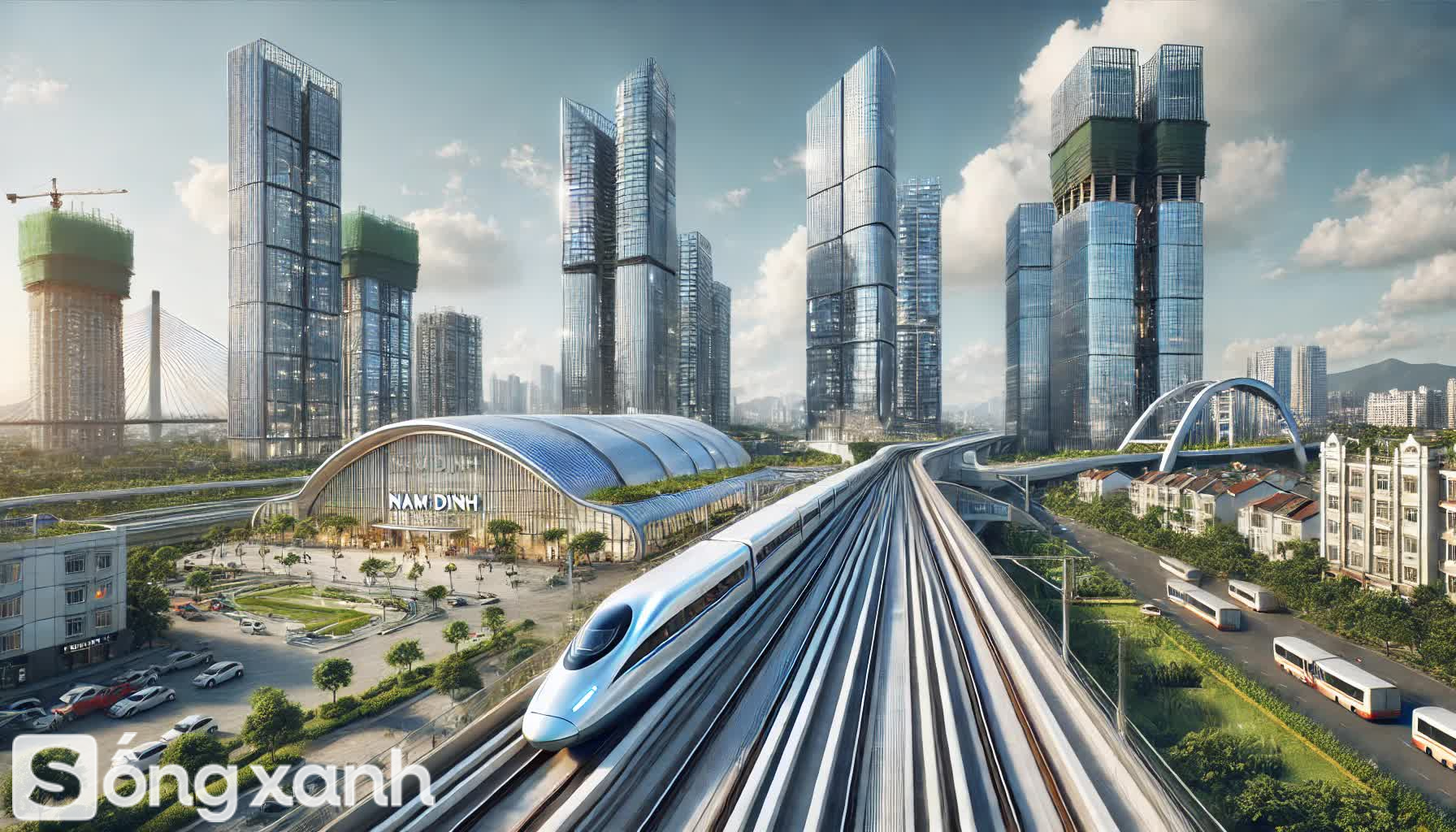
Electrified rail network can meet the demands of large-scale and high-speed transportation. AI ChatGPT illustration
Moreover, electric trains operate more smoothly and quietly, enhancing the passenger experience and encouraging more people to use this mode of transport.
Electric traction power also lays the foundation for future expansion and innovation. As Vietnam’s economy grows and trade increases, an electrified rail network can accommodate larger volumes and higher speeds.
Additionally, it opens up opportunities to integrate advanced technologies such as automatic control systems, providing the flexibility needed to develop the railway system in the coming century.
60% of the Project will be on Viaducts
According to the pre-feasibility study report for the North-South high-speed rail project, the Ministry of Transport shared that approximately 60% of the project’s length will be on viaducts, 10% in tunnels, and 30% on the ground.
Commenting on the Ministry of Transport’s choice to design most of the project on viaducts, Phan Duc Hieu, a permanent member of the National Assembly’s Economic Committee, stated: “Regarding the transport mode and the proposed construction method, I believe that it will minimize environmental impacts, as Deputy Minister of Transport Nguyen Danh Huy mentioned, by using many viaducts to avoid community segregation and adverse effects on economic and social activities in areas where the viaducts pass through.”
According to construction experts, the viaduct option for infrastructure projects is a solution that simultaneously addresses challenges such as low-lying terrain, weak soil foundations, sand shortages for construction, flooding due to subsidence and rising sea levels, unobstructed flood flow, minimal disruption to ecological landscapes, securing livelihoods for locals, and meeting environmental impact assessment requirements.
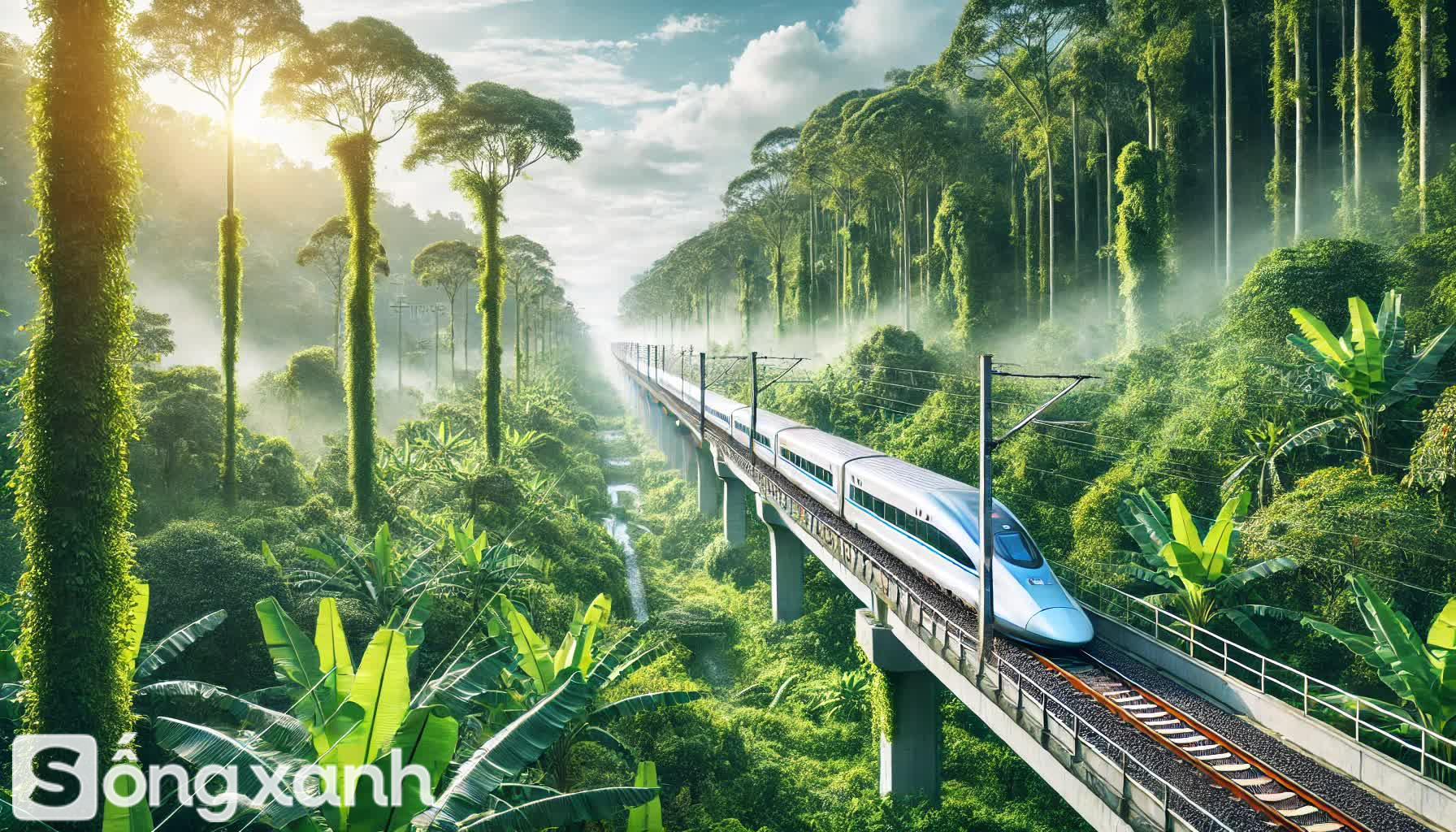
The use of viaducts minimizes community segregation and protects the environment. AI ChatGPT illustration
The viaduct option has several advantages over the embankment option, including significantly reducing the area of land occupied, ensuring unobstructed agricultural production and large-scale fields, avoiding construction delays due to a lack of embankment material, being unaffected by climate change and sea-level rise, complying with Article 29 of the Law on Environmental Protection, and ensuring the project’s feasibility.
Viaducts utilize prefabricated structures, allowing for controlled construction costs, uninterrupted operation during exploitation, no settlement, low maintenance costs, promoting the development of high-tech building materials industries, and contributing to CO2 reduction. Viaducts have been successfully applied in component projects of the North-South Expressway.
High-Speed Rail Tickets for the North-South Route as Low as 1,000 VND per km?
The Parliamentary Economic Committee has proposed an interesting suggestion to increase the feasibility and effectiveness of the high-speed North-South railway. They suggest that by reducing the ticket prices to 60-70% of airline prices, the railway could become a more attractive and viable option for travelers. This proposal warrants further exploration as it could significantly impact the transportation industry and passenger preferences.
The Evolution of Safe High-Speed Rail: A Global Perspective on Accident-Free Networks.
The key advantage of the North-South high-speed rail network is its safety. A prime example is Japan’s Shinkansen, which has been operational since 1964 and has an impeccable safety record with zero accidents to date. This trend is echoed globally. High-speed electric railways are environmentally friendly and offer a safe and sustainable mode of transport.
The High-Speed Rail Network’s Urban Revolution: A City for Every Stop.
“The proposed high-speed North-South railway line is an ambitious and unprecedented infrastructure project in Vietnam’s public investment history, with an estimated total cost of nearly $70 billion. According to Deputy Minister of Planning and Investment, Tran Quoc Phuong, this project is set to be the largest of its kind, and each train station along the route will be accompanied by dedicated urban areas.”
The $70 Billion High-Speed Rail Opportunity: Unlocking Vietnam’s 7 Key Industries
“The Deputy Minister of Planning and Investment emphasized the potential positive impact of the high-speed rail project, stating that if we execute this project efficiently and swiftly, it will greatly benefit the country. This ambitious endeavor has the capacity to revolutionize transportation and connectivity within the region, fostering economic growth and development.”
High-Speed Rail Project: Transforming Vietnam with Far-Reaching Impact on 7-8 Key Sectors
Deputy Minister of Planning and Investment Tran Quoc Phuong stated that, based on initial assessments, the high-speed rail project is the largest-scale project to date, with an estimated total investment of nearly $70 billion. If this amount is invested from now until 2035, the project’s impact is expected to increase GDP by approximately 0.97 percentage points. Additionally, this project will have a direct impact on 7-8 sectors.



